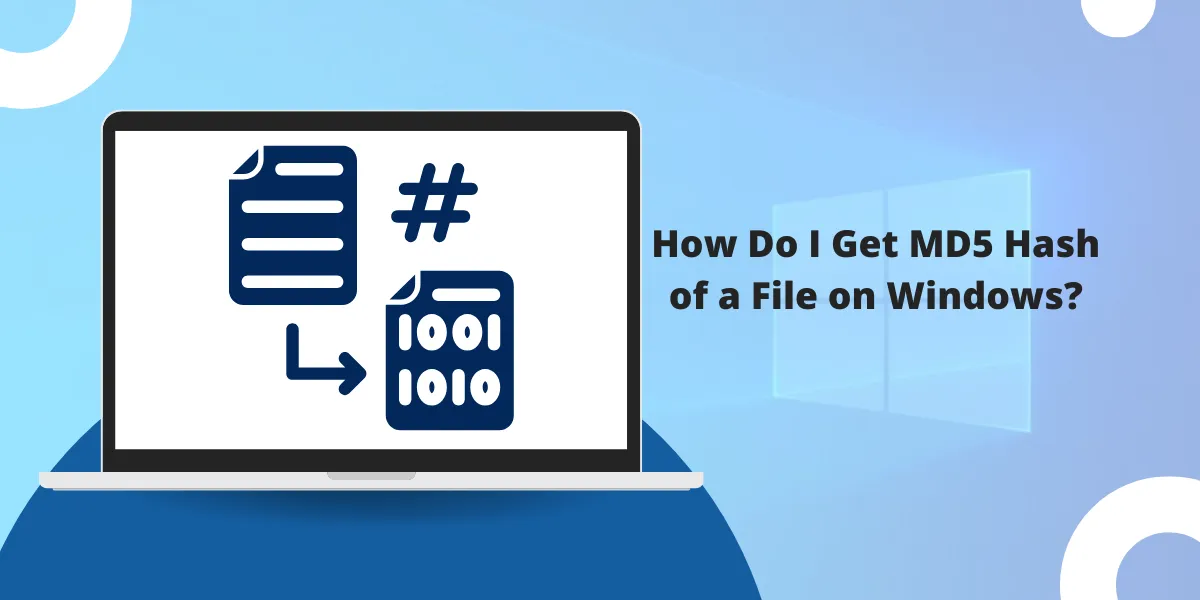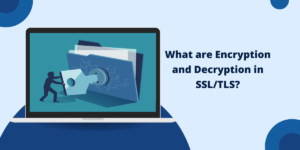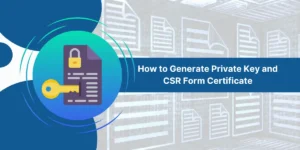How to Generate MD5 Hash for Files in Windows
MD5 hash helps verify file integrity by creating a unique digital fingerprint. Windows users can generate MD5 hash values using built-in PowerShell commands or third-party tools like HashTab and MD5summer. The PowerShell command “Get-FileHash” with the MD5 parameter provides the quickest method. These hash values confirm if files remain unchanged during transfers or downloads. This guide explains multiple ways to get MD5 hash values for your Windows files.
Prerequisites Before Generating MD5 Hashes on your Windows
Before starting, ensure that you have the file ready for which you need the MD5 hash. This tutorial will demonstrate generating hashes using a sample file called sample-file.zip.
Also, if you want to generate hashes via the command line, make sure you run the command prompt as administrator.
How to Generate MD5 Hash Using CertUtil
CertUtil is a built-in command line program in Windows that can be used to generate MD5 or other cryptographic hashes.
Here are the steps:
- Open Command Prompt as Administrator: Search for “cmd” in the Windows search bar, right-click on the Command Prompt app, and select “Run as administrator”.
- Navigate to the File’s Directory: Use the cd command to go to the folder where your file is located. For example, if your file is in C:\Users\Downloads, type:
cd C:\Users\Downloads
- Generate MD5 Hash: Type the following command to generate the MD5 hash of the file and press Enter.
certutil -hashfile sample-file.zip MD5
- View the Output: The output will display the MD5 hash of the file, similar to the example below.
MD5 hash of sample-file.zip:
57b5e70f96d4d855ede523231e8dd4ca
CertUtil: -hashfile command completed successfully.
The long string of alphanumeric characters is the MD5 hash of the file. You can verify hashes from multiple sources using this method.
How to Generate MD5 Hash Using PowerShell
PowerShell has a built-in cmdlet called Get-FileHash that can be used to generate file hashes.
Here are the steps:
- Open PowerShell: Launch PowerShell on your machine by searching for it or running it as Administrator from the Start menu.
- Navigate to the Folder: Use the cd command to move to the directory containing your file, for example:
cd C:\Users\Downloads
- Generate MD5 Hash: Use the Get-FileHash cmdlet to generate the MD5 hash. For example:
Get-FileHash -Algorithm MD5 sample-file.zip
- View the Output: The output will display the MD5 hash of the file, such as:
MD5 57B5E70F96D4D855EDE523231E8DD4CA C:\Users\Downloads\sample-file.zip
This is the MD5 hash for sample-file.zip.
- Save and Print the Hash: Optionally, you can store the hash in a variable and print it using the following commands:
$md5Hash = Get-FileHash -Algorithm MD5 sample-file.zip
Write-Output $md5Hash.Hash
This prints out the hash value directly.
The Get-FileHash cmdlet provides a simple way to generate hashes using PowerShell.
How to Generate MD5 Hash Using WinMD5Free
WinMD5Free is a free utility for Windows that can calculate MD5 and other hashes.
Here are the steps to use it:
- Download and Install WinMD5Free: Get WinMD5Free from its official website and install it on your system.
- Open the Program: Launch the WinMD5Free application after installation.
- Add the File: Click “Add File”, browse to the file you want to hash, select it, and click “Open”.
- Generate the MD5 Hash: The file will appear in the file list. Click “MD5” to generate the MD5 checksum for the added files.
- View the MD5 Hash: The MD5 hash will be calculated and displayed in the “MD5 Checksum“ column next to the file.
The benefit of using a tool like WinMD5Free is that it makes it easy to hash multiple files at once and verify their contents. The process is graphical and straightforward.
How to Verifying Downloaded Files
One of the main uses for MD5 hashes is to verify files downloaded over the internet. Software distributions like Linux ISO images come bundled with their MD5 sums.
Here is how to verify downloads using hashes:
- Note the Provided MD5 Hash: Before downloading the file, record its MD5 hash as provided on the website.
- Generate MD5 of the Downloaded File: After downloading, create the MD5 hash of the file using any of the mentioned methods.
- Compare the Hashes: Check if the two MD5 hashes match. If they do, the download was successful and the file is uncompromised.
- Handle Mismatch: If the hashes don’t match, the file was either corrupted or modified during download. Delete it and try downloading again.
Always cross-check important downloads against provided MD5 hashes before using them. This confirms their integrity and protects against tampering.
How to Generate Hashing Text Strings using PowerShell
In addition to files, you can also generate MD5 hashes of text strings using PowerShell.
- Open PowerShell: Launch PowerShell and type the following command:
[System.BitConverter]::ToString($(Get-FileHash -Algorithm MD5 -InputStream ([System.IO.MemoryStream]::new()) -Buffer ([System.Text.Encoding]::UTF8.GetBytes("Hello World!"))).Hash) -replace '-',''- Generate the MD5 Hash: Running this command will calculate the MD5 hash of the string “Hello World!”.
Example output:
ED076287532E86365E841E92BFC50D8C
You can tweak the text as needed. This can be helpful for generating hashes for passwords, codes, or other textual data.
How to Automating MD5 Generation
For frequent use cases, you can also script the generation of MD5 hashes to avoid retyping the commands.
Here is a sample PowerShell script to output MD5 hashes for all files in a folder:
$files = Get-ChildItem C:\Hashes
foreach ($file in $files) {
$hash = Get-FileHash -Algorithm MD5 $file.FullName
Write-Output "$($file.Name) : $($hash.Hash)"
}
Save this as a .ps1 file and run it whenever necessary. You can customize it according to your needs.
Automation makes repetitive tasks like checking multiple files easier.
Final Thoughts
Generating MD5 checksums on Windows is straightforward, using inbuilt tools like CertUtil, PowerShell, and third-party apps. With these methods, you can verify downloads, check data integrity, and automate hashing.
Remember always to cross-check critical files against provided MD5 sums before use. This ensures the content is original and unaltered.
This step-by-step guide should help you easily calculate MD5 hashes for any file using multiple methods on your Windows machine.
Frequently Asked Questions (FAQs)
What is an MD5 hash used for?
MD5 hashes allow verification of file integrity and detection of changes or tampering. They are commonly used for software downloads and key verification.
Can an MD5 hash be reversed to the original data?
No. The MD5 algorithm is one-way cryptographic hashing, so hashes cannot be converted back to original data.
What is the difference between MD5, SHA1 and SHA256 hashes?
MD5 is the fastest but is now prone to collisions. SHA1 is slower but still vulnerable. SHA256 is currently the most secure against attacks.
Is the MD5 hash unique for each file?
While unlikely, two different files can have the same MD5 hash. This is called a collision. So, more than MD5 is needed to verify files.
Can I generate other hashes like SHA1 using the same methods?
Yes, the techniques above can generate other hashes by passing the algorithm name, such as SHA1, SHA256, etc., instead of MD5.

Priya Mervana
 Verified Web Security Experts
Verified Web Security Experts
Priya Mervana is working at SSLInsights.com as a web security expert with over 10 years of experience writing about encryption, SSL certificates, and online privacy. She aims to make complex security topics easily understandable for everyday internet users.



